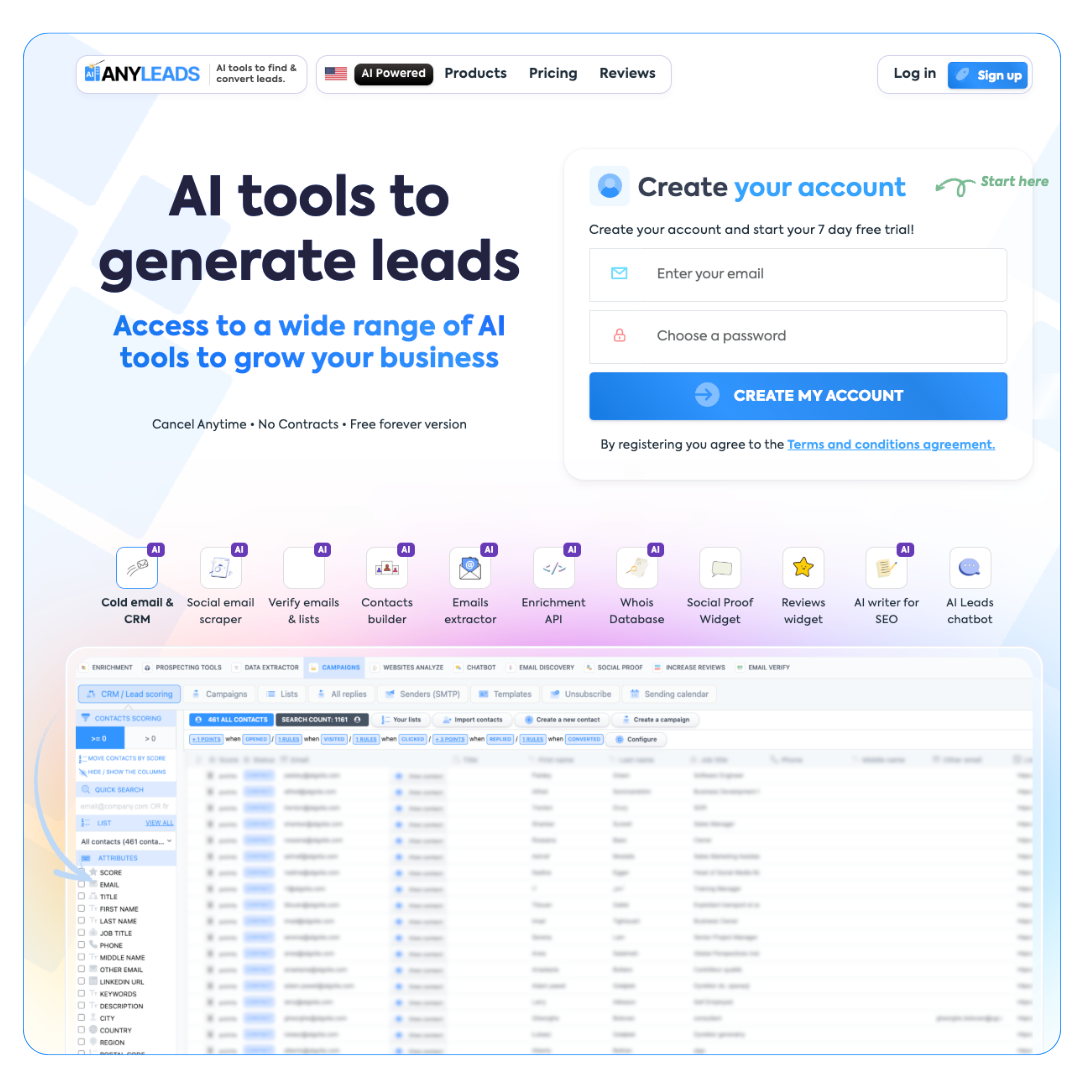 LIMITED SPOTS
All plans are 30% OFF for the first month! with the code WELCOME303
LIMITED SPOTS
All plans are 30% OFF for the first month! with the code WELCOME303

 LIMITED SPOTS
All plans are 30% OFF for the first month! with the code WELCOME303
LIMITED SPOTS
All plans are 30% OFF for the first month! with the code WELCOME303


If you run a contact center, you likely know the frustration: thousands of leads in your system, but very few actual conversations.
Cold calling has become expensive and demoralizing for your team — after all, nobody picks up the phone anymore. While email rarely drives quick responses. The rise of spam filters and call blocking has made connect rates worse than ever.
The good news? There’s a way to reach more leads consistently — and it starts with SMS, powered by automation and AI.
Several trends have converged to make it harder for contact centers to get people on the phone:
Spam call fatigue. In the U.S. alone, consumers received more than 55 billion robocalls in 2023. Unknown numbers are often flagged as “Spam Likely,” and answer rates for cold calls have dropped into the single digits in many industries.
Email engagement is declining. Average email open rates hover around 20–30%, with response rates much lower. Even when emails are opened, replies often take hours or days.
Speed to lead is critical. Research shows that reaching out within the first five minutes makes prospects 21 times more likely to convert compared to waiting just 30 minutes. Contact centers relying only on calls or emails often miss this window.
All of this results in thousands of expensive leads that never become conversations.
Texting has emerged as one of the most effective ways to engage leads, for a few simple reasons:
Open rates are nearly universal. Around 98% of SMS messages are opened.
Texts are read instantly. Most are opened within three minutes, compared to roughly 90 minutes for emails.
It feels natural. For most people, text messaging is simply the go-to channel nowadays for communication. It’s simpler, faster and more convenient.
To sum up: When calls go unanswered and emails get buried, SMS cuts through the noise.


But simply “adding texting” to a contact center isn’t enough. Sure, your team is more likely to get a response, but there are other challenges to consider.
Manual texting doesn’t scale. Some teams still rely on agents using personal phones to send texts — an inconsistent and unmanageable approach.
Bulk SMS blasts feel like spam. One-way promotional messages rarely lead to meaningful replies or conversations. Personalization is key.
Inconsistent tone and errors. Different agents send different messages, leading to a disjointed customer experience.
To really improve connect rates, contact centers need texting that is conversational, automated, and consistent.
AI-powered SMS platforms take texting further by turning it into a real conversation channel. Instead of sending one-way blasts, they:
Engage leads in back-and-forth dialogue. Prospects can reply naturally, ask questions, and receive instant responses.
Filter and qualify leads. AI can identify who is interested and who isn’t, so agents spend time only on high-value conversations.
Book meetings automatically. Conversations can end with a scheduled appointment or even a warm transfer to a live agent.
Boost agent productivity and morale. By offloading repetitive outreach, agents focus on real conversations instead of endless dialing.
Platforms like Meera.ai specialize in this approach, combining automation with natural-sounding SMS conversations that are designed to fit within a contact center’s workflow — especially if it’s managing thousands of leads every month.
Contact centers that adopt conversational AI texting typically see:
Faster speed to lead. Real-time texting engages prospects before competitors can hit ‘send’.
Higher connect rates. Instead of the 3–10% connect rates common with phone calls alone, AI-driven SMS can drive 20–50% engagement depending on industry and lead quality.
Lower cost per conversation. Less time wasted on unanswered calls means lower customer acquisition costs.
More booked appointments. Prospects can schedule directly over text, reducing friction. Many AI SMS tools — like Meera — can also live transfer ready-to-talk leads to against automatically.
Better agent experience. With fewer rejections and more qualified leads, teams stay more motivated. Nobody wants to get hung up on 50 times a day!
These benefits don’t just make life easier for agents — they directly improve revenue and return on lead spend.


Some contact centers hesitate to add automated SMS because of compliance or integration concerns. But AI technology has made texting tools far more sophisticated. Modern AI texting platforms are designed with these challenges in mind.
Compliance: Reputable providers follow TCPA (in the U.S.), CASL (in Canada), and carrier rules to ensure opt-in management and protect against fines or number blocking.
Integration: Most platforms connect with CRMs and dialers, so SMS conversations feed directly into existing workflows.
Customer experience: Conversational AI is not the same as chatbots of the past. Modern systems use pre-approved scripts and natural language processing to sound human, while still staying consistent.
If your contact center is sitting on thousands of leads but struggling to get them on the phone, the solution isn’t more dials or more emails. It’s adding conversational, AI-powered SMS into your outreach strategy.
By reaching prospects instantly, engaging them naturally, and filtering out unqualified leads, AI text messaging platforms can transform connect rates and reduce costs.
The bottom line: contact centers don’t just need more leads — they need more conversations. And AI texting is how to get them.